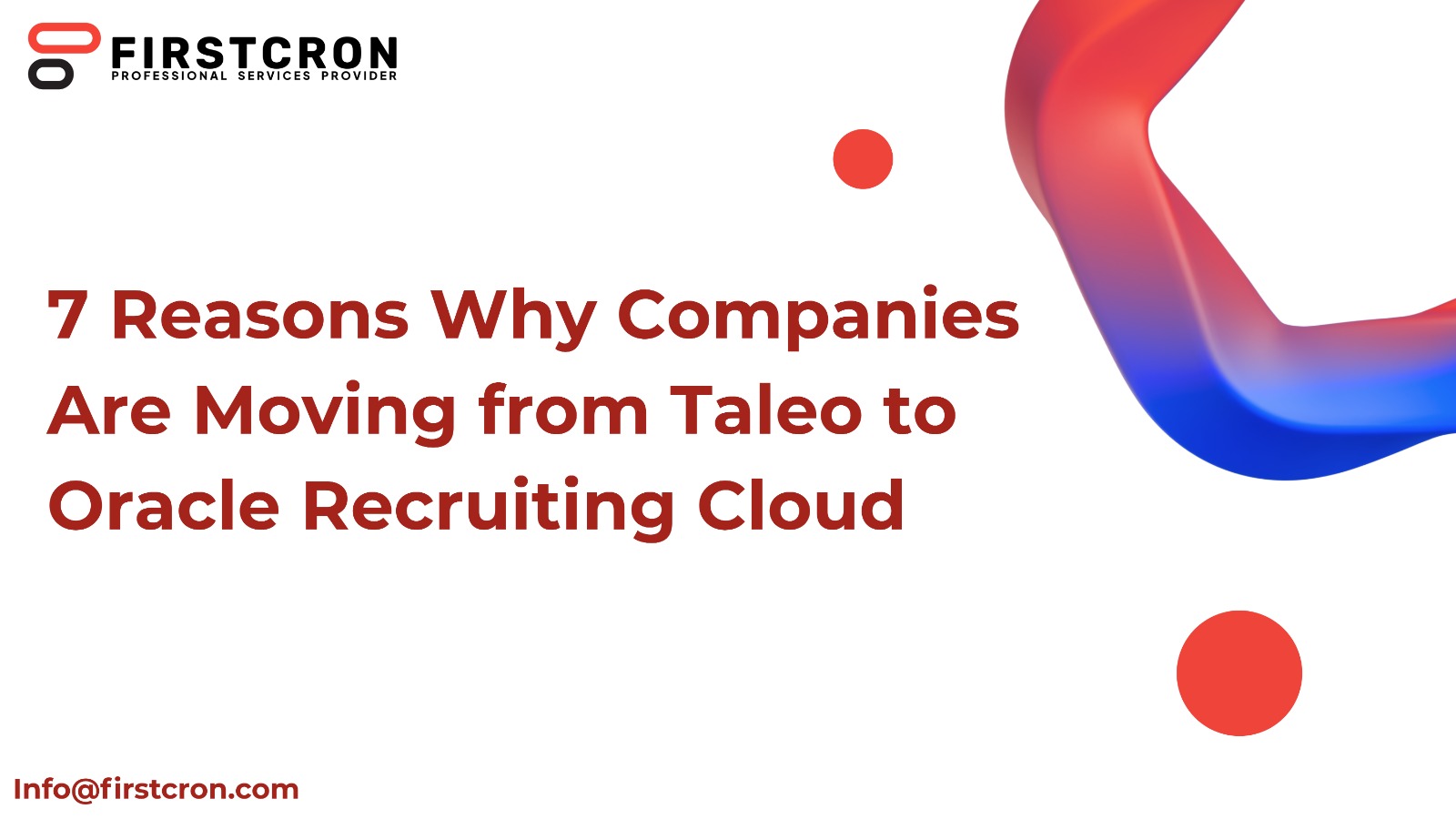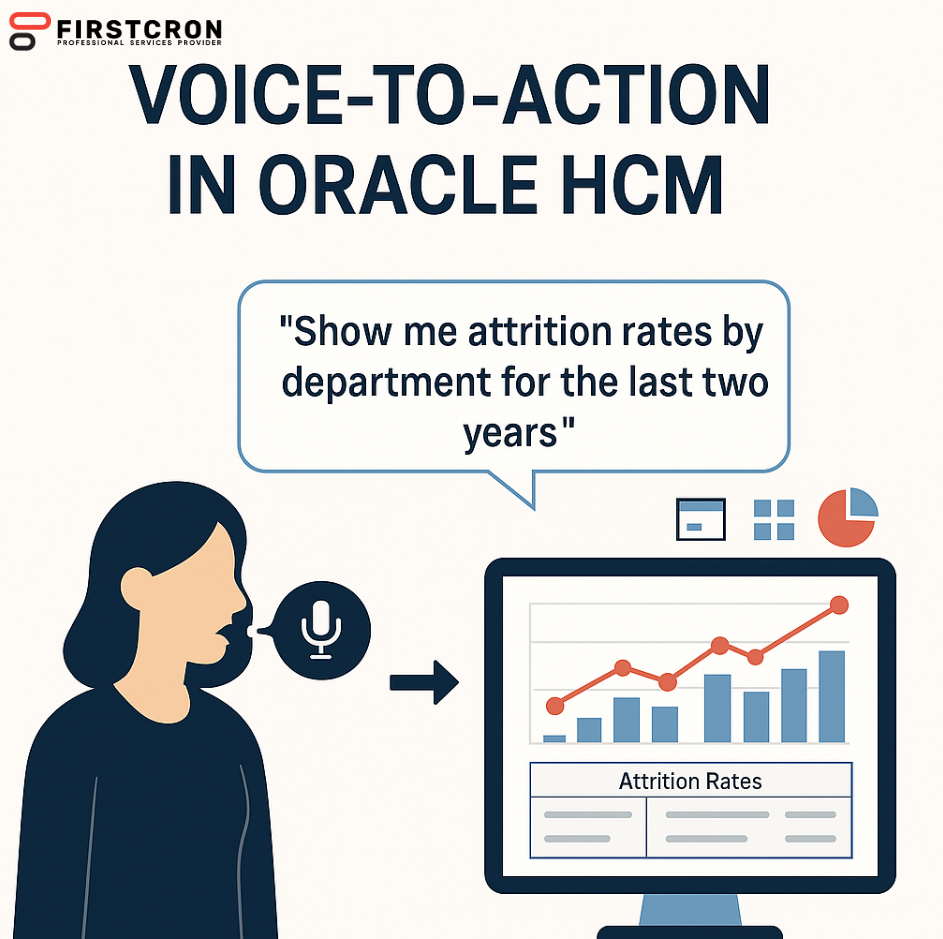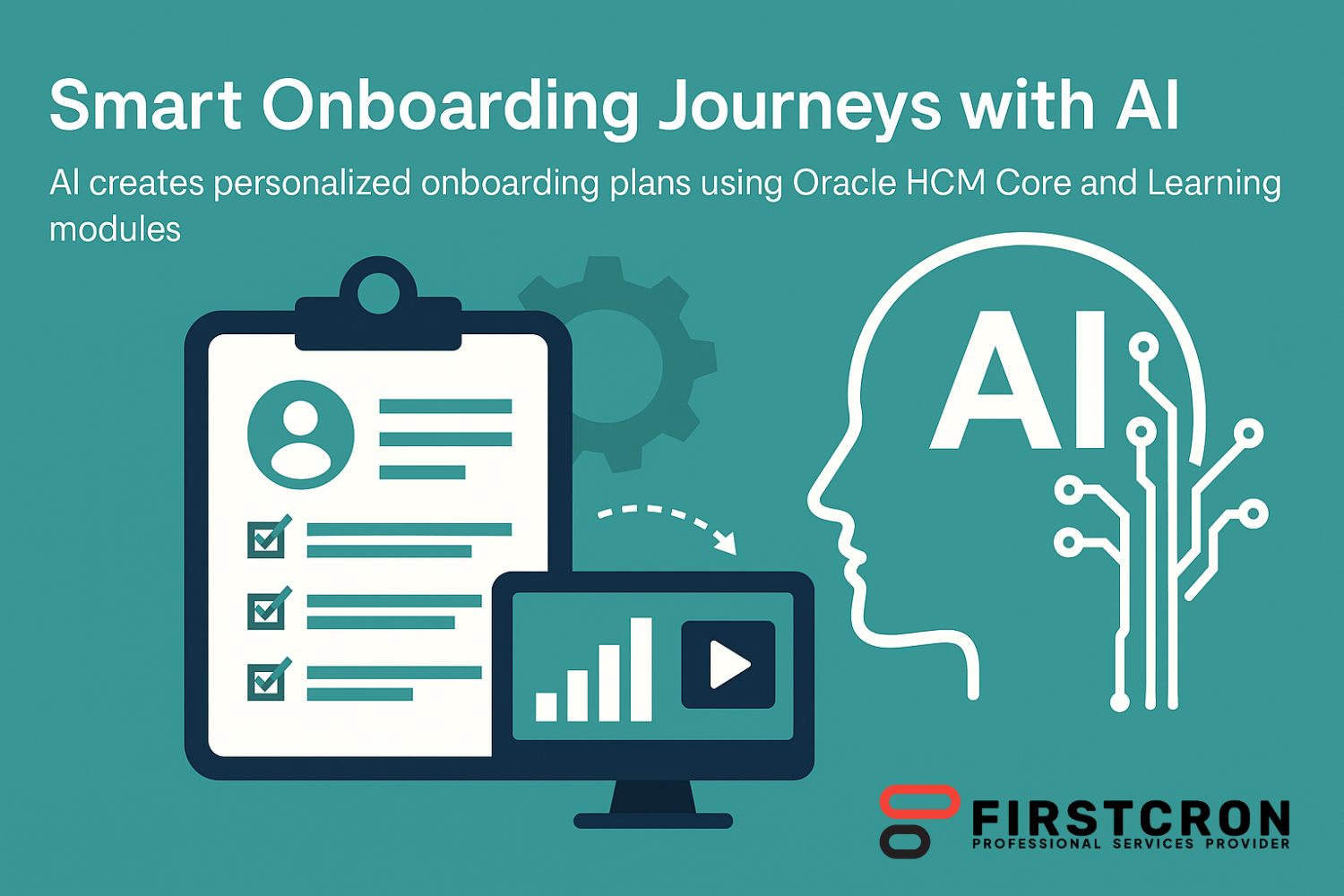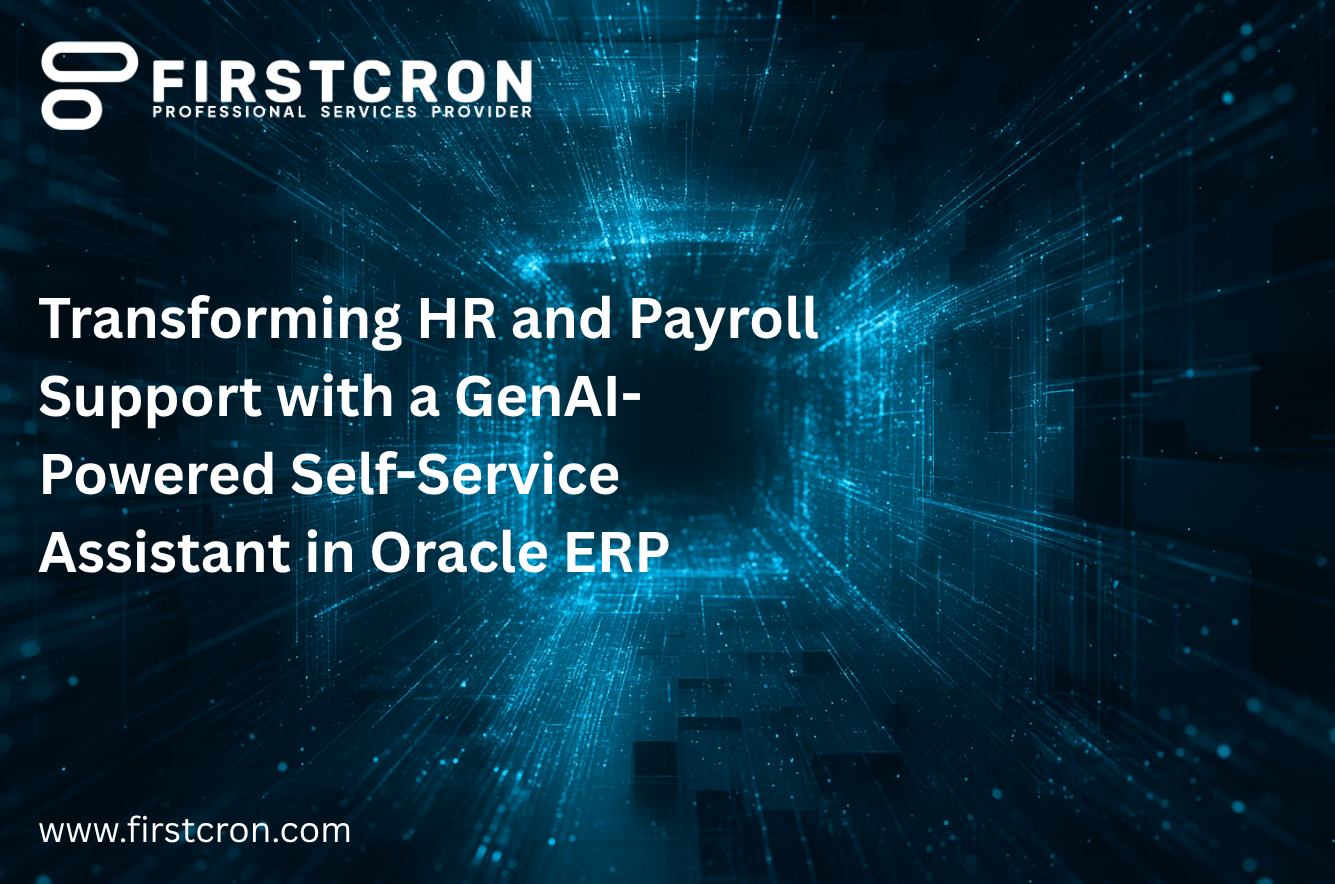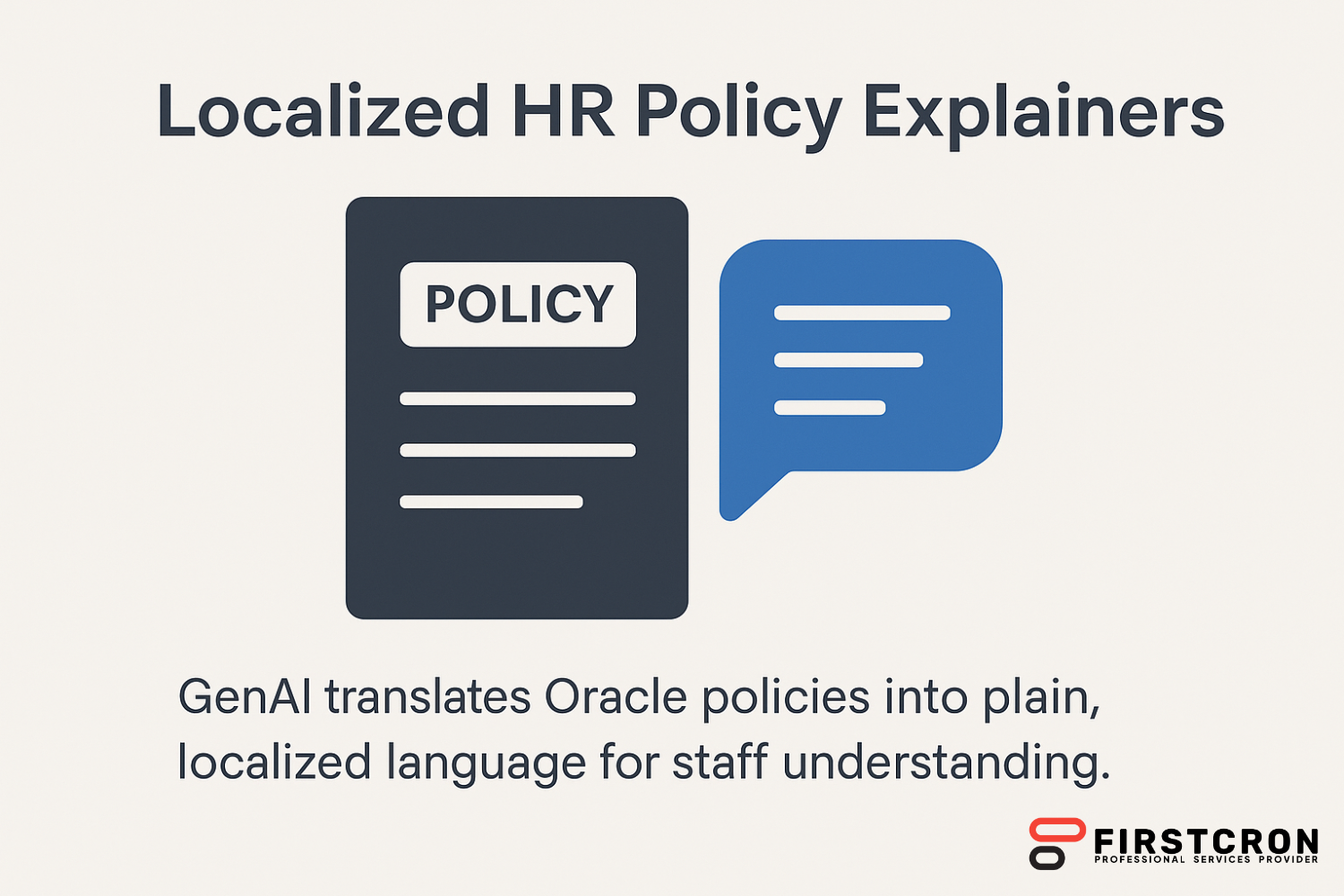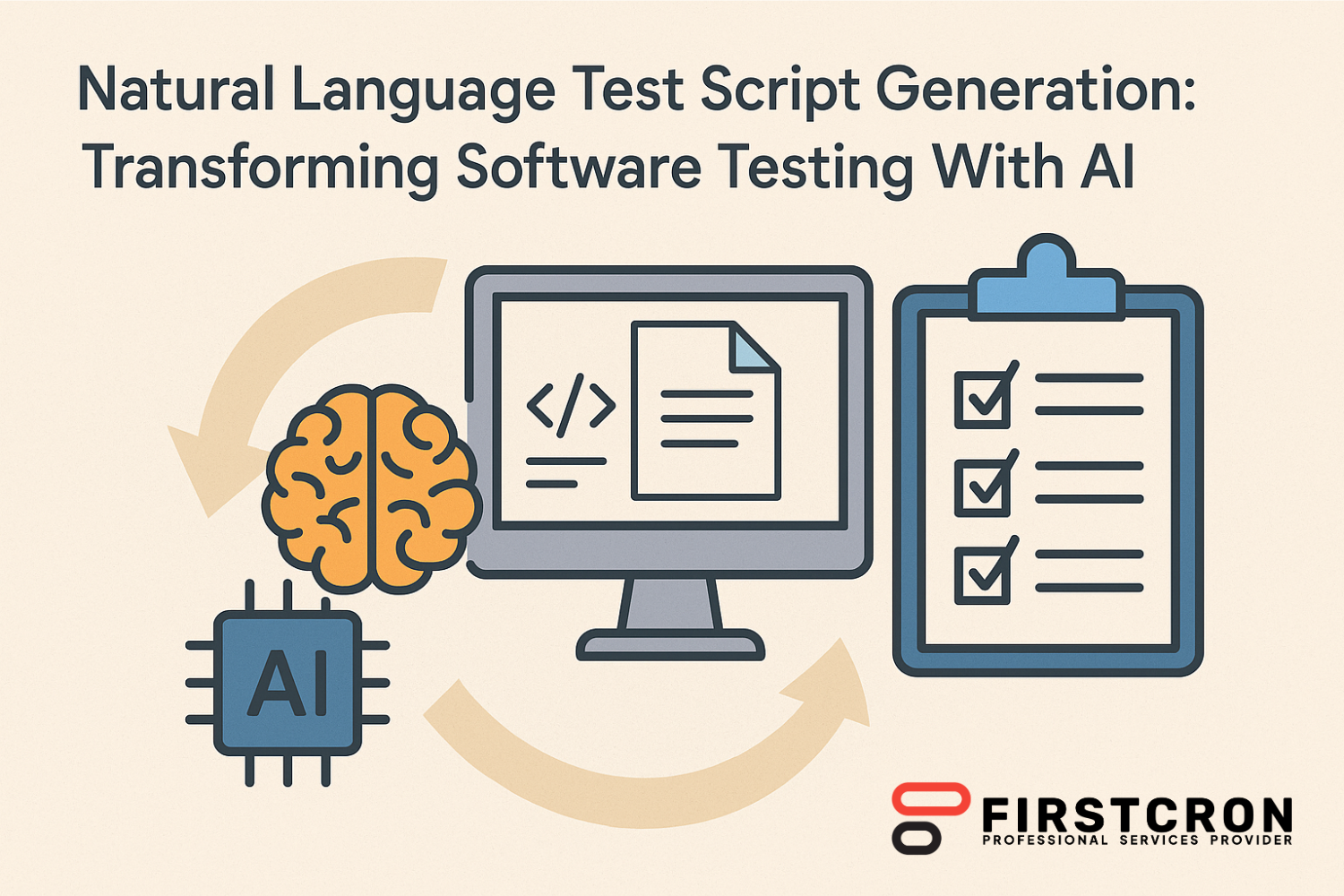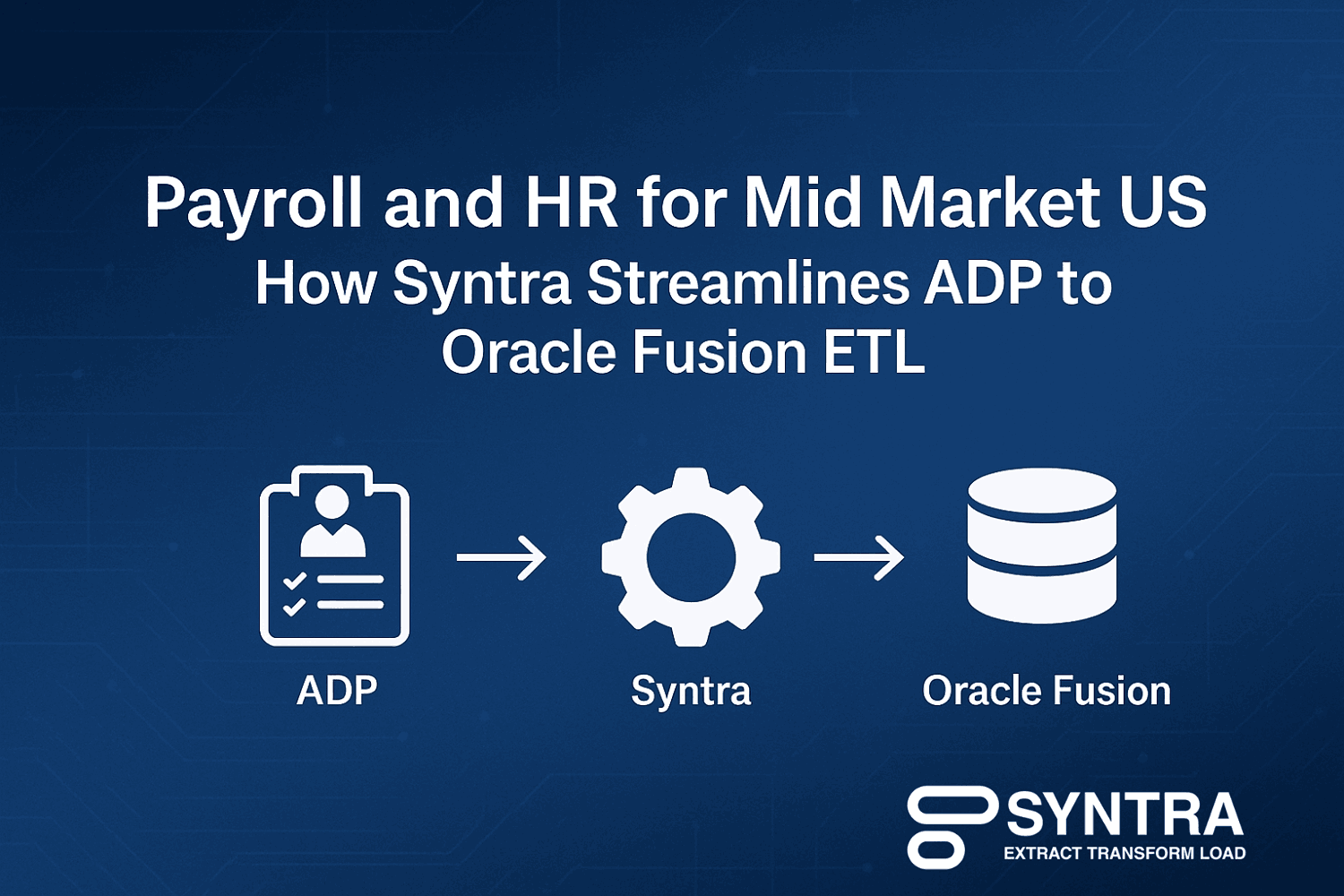
Mid market companies in the United States operate with far more complexity than small businesses but often without the large-scale integration budgets of enterprises. Their HR and payroll teams must handle thousands of employees, multiple locations, cost centers, pay groups, tax jurisdictions, and reporting requirements. Many of these organizations rely on ADP to manage payroll and employee records while using Oracle Fusion as their operational backbone for finance, HR, and compliance.This creates a recurring challenge. Payroll and HR data must consistently and accurately travel from ADP into Oracle Fusion, but doing that manually or with generic connectors can lead to data mismatches, time-consuming transformations, and failed loads. Syntra solves this problem by providing a dedicated extract, transform, and load framework that aligns ADP structures with Oracle Fusion requirements. It takes the heavy lifting out of the integration process while preserving compliance, data clarity, and speed.
In this blog we’ll cover
Why Mid Market Companies Need A Reliable ETL Layer
Mid market organizations face a hybrid reality. They need enterprise-level accuracy and reporting but with leaner teams and agile operations. Payroll complexity tends to grow with headcount, expansion across states, and more layered compensation structures. Oracle Fusion demands well-structured data, proper sequencing, and mapped objects for elements, costing, and employee records. ADP data, while robust, does not directly align with Oracle Fusion object definitions.
Without a tool like Syntra, teams must download files, clean formats, assign costing segments manually, create templates, and troubleshoot errors in load processes. These extra steps absorb HR and payroll team bandwidth and delay payroll cycles. Syntra allows mid market companies to operationalize the integration with automation instead of manual intervention.
How Syntra Handles Extract, Transform, And Load
Syntra is built around a simple but powerful principle. Data should move from ADP to Oracle Fusion with minimal manual touchpoints and maximum validation. The extract phase collects employee and payroll data directly from ADP sources or predefined reports. The transform stage applies mapping rules, format conversions, code translations, and sequencing logic. The load phase pushes clean data into Oracle Fusion using proper business object structures.
This approach provides control and consistency during each payroll cycle. It also reduces the dependency on spreadsheets and ad hoc scripts. When mergers, reorgs, or policy changes occur, transformation rules can be revised within Syntra rather than rebuilding integrations from scratch. This efficiency becomes a competitive advantage for mid market companies scaling rapidly.
High Value Transformation Objects
To save the most time and avoid rework, mid market businesses need to focus on the data domains where ADP and Oracle Fusion differ the most. This is the list of the critical transformation areas:
- Worker and person data including name formats, demographic fields, and standardized social security number structure
- Job and position assignments which must align with Oracle Fusion business units and department hierarchies
- Compensation elements such as base pay, overtime, bonuses, and allowances mapped into element entries
- Deductions and benefits requiring translation from ADP codes to Oracle Fusion deduction and benefit elements
- Tax details with correct jurisdiction identifiers and withholding mappings compatible with Oracle rules
- Payroll costing components including cost centers, departments, and natural accounts tied to payroll elements
- Year to date balances or retro adjustments that need proper validation for accurate reporting and continuity
- Payroll periods and pay frequencies that must match Oracle Fusion calendars and definitions
This targeted transformation lets payroll cycles run without the usual error messages, rejected loads, or downstream reconciliation issues.
Mapping In Practice
Mid market companies often struggle with aligning ADP file data to Oracle Fusion templates. Syntra uses defined mapping logic to streamline this. The table below gives a simplified view of how key fields align. This is your one table.
| ADP Field | Transformation Step | Oracle Fusion Target Object |
|---|---|---|
| Employee Identifier | Format and validate as person number | Person Number |
| Earnings Code | Map to Oracle element name | Element Entry |
| Deduction Code | Translate to Oracle deduction element | Payroll Element |
| Cost Center | Align to costing segment within structure | Costing Combination |
| Federal Tax Code | Standardize jurisdiction formatting | Tax Withholding |
| Pay Group | Associate with payroll period definition | Payroll Calendar |
While this table only captures a subset, it reflects the kind of structured mapping Syntra applies consistently.
Operational Benefits For Mid Market Teams
Accuracy is essential for payroll, but speed and repeatability matter just as much for mid market organizations. Syntra automates routine extraction, transformation, and loading to reduce human effort and remove error-prone steps. Validation happens before loading instead of after failures occur. Rules for formatting names, mapping cost centers, or translating deduction elements can be reused across cycles.
This reliability improves payroll close processes. HR administrators can onboard new employees, handle relocations, or apply compensation changes without rebuilding spreadsheets or reformatting files each pay period. Finance teams benefit from correct costing data flowing immediately into general ledger structures. Compliance checks also become easier since data arrives in Oracle Fusion with proper formatting, codes, and references intact.
Scalability And Maintenance Advantages
One of the biggest hurdles for mid market companies is adapting integration workflows when organizational structures evolve. Business unit expansions, acquisitions, or new state tax rules can disrupt manual processes. With Syntra, transformation logic is centralized and editable, so updates can be applied quickly when codes, positions, or payroll policies shift.
Rather than relying on large IT projects, business and payroll teams can adjust fields, add mapping rules, or validate new segments directly within Syntra. This shortens turnaround time and avoids costly consulting hours. It also allows companies to keep pace with their growth without losing integration stability.
Time And Effort Reduction Across The Cycle
Whether payroll runs weekly, biweekly, or monthly, the number of steps matters. Manual ETL typically means downloading files, reconciling formats, cleaning data, checking errors, and importing templates. Each one increases the chance of delay. Syntra reduces these steps to a managed workflow where extraction is automated, transformation is rule-based, and loading is validated.
The result is consistent payroll execution. Teams get time back to focus on strategy, employee support, or analytics rather than data scrubbing. Year end processing, retro adjustment loads, or transitions to new calendar years become easier because the transformation rules carry forward.
Conclusion
Mid market US companies need solutions that deliver enterprise-level reliability without enterprise-level overhead. Payroll and HR data integration between ADP and Oracle Fusion is too central to handle with spreadsheets and ad hoc fixes. Syntra solves this by enabling a structured extract, transform, and load process that covers every major HR and payroll domain.
By applying consistent mappings for worker records, compensation codes, deductions, taxes, and costing segments, Syntra reduces rework, improves accuracy, and speeds up payroll cycles. The platform provides adaptability as companies grow, while keeping data aligned with Oracle Fusion standards. For mid market organizations looking to modernize integration workflows and eliminate manual intervention, Syntra offers a direct path to efficiency, control, and reliable payroll operations.
Tags
Related Post
Navigating Oracle Fusion HCM & Payroll Patch 25C: Key Issues And Solutions For UK Local Councils
July 26th, 2025 10 min read
Navigating Oracle Fusion HCM & Payroll Patch 25A: Key Considerations For UK Local Councils
July 27th, 2025 10 min read
7 Proven Oracle Fusion Testing Principles To Guarantee Defect-Free Cloud Deployments
May 16th, 2025 15 min read
7 Reasons Why Companies Are Moving From Taleo To Oracle Recruiting Cloud
June 2nd, 2025 14 min read
How End-to-End Testing Of Oracle Fusion Enhances Operational Efficiency In Banking
May 23rd, 2025 11 min read
5 Business Benefits Of Investing In AI-Powered Performance Oracle Fusion Testing
May 5th, 2025 11 min read
WEEKEND READS
Voice-to-Action In Oracle HCM: Transforming HR Queries Into Intelligent Actions With GenAI
September 5th, 2025 23 min read
Automating Payslip Anomaly Detection With Natural Language Insights In Oracle ERP For The Public Sector
August 27th, 2025 24 min read
Transforming HR Efficiency With Smart Document Generation In Oracle ERP
August 30th, 2025 17 min read
Smart Onboarding Journeys With AI: Personalized Employee Integration Through Oracle HCM Core And Learning
September 13th, 2025 21 min read
Kicking Off A 5TB Archival Journey — From Legacy Systems To Smart Storage
August 8th, 2025 3 min read
Transforming HR And Payroll Support With A GenAI-Powered Self-Service Assistant In Oracle ERP
August 26th, 2025 21 min read
Localized HR Policy Explainers: How GenAI Translates Oracle Policies Into Plain Language
September 12th, 2025 15 min read
Successful Data Migration Completed — Now Live On Oracle Fusion
August 12th, 2025 4 min read
Generative AI For Council Pension Scheme Compliance
September 6th, 2025 18 min read
Natural Language Test Script Generation: Transforming Software Testing With AI
September 11th, 2025 24 min read









